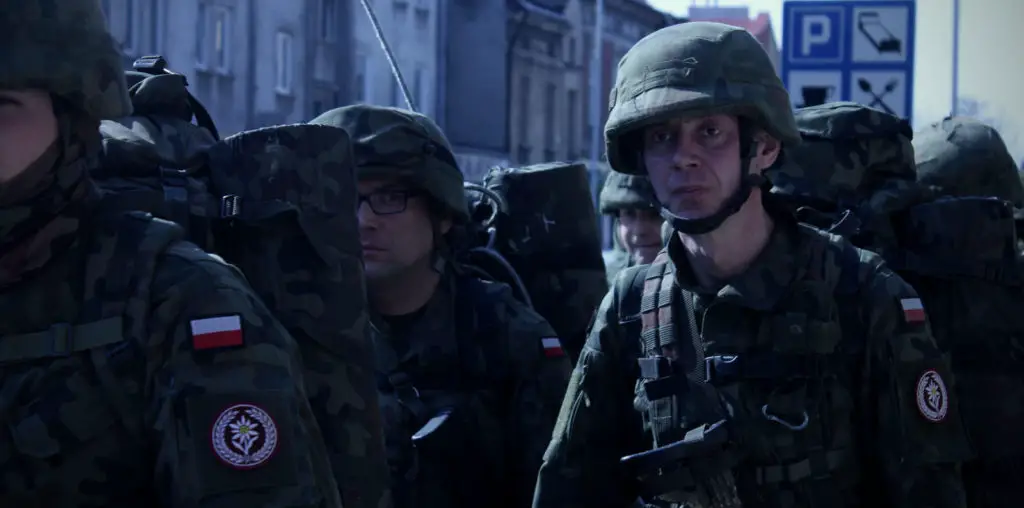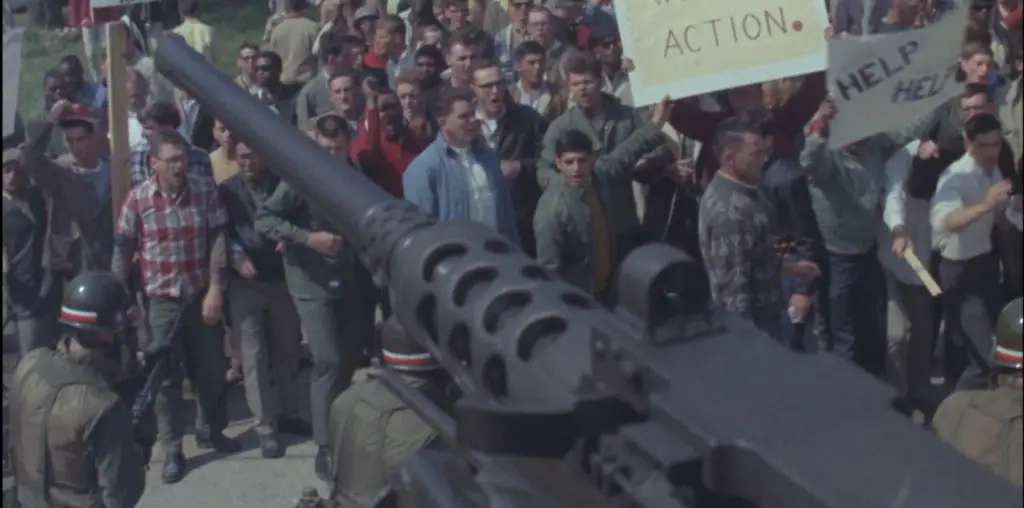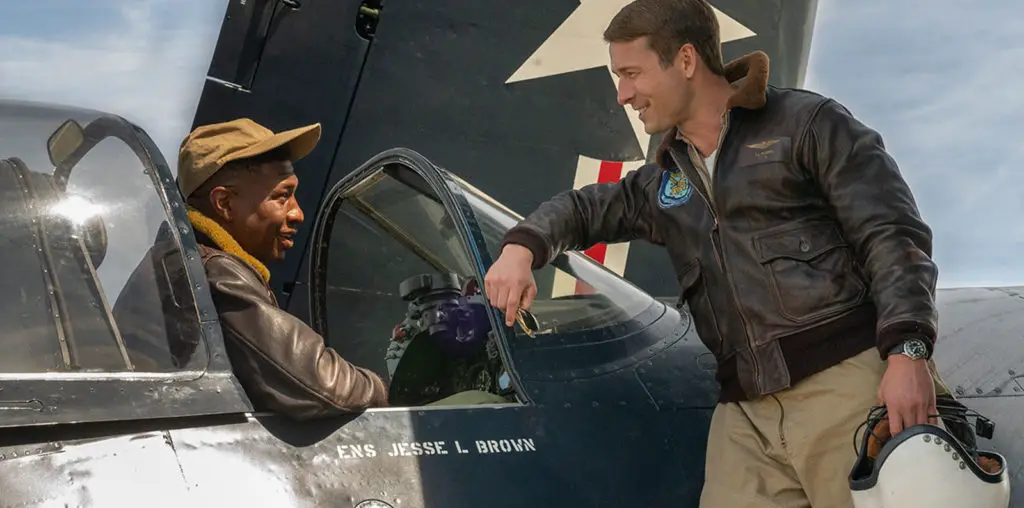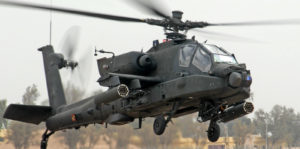
So what exactly happened during the Iraq war? For obvious reasons, no one ever talked about it. Kenn Christenson’s documentary, The Longest Month, gives us the insider details of what the news gave us at 30,000 feet and takes us on the ground with the men and women who were there during “The Surge.” After making seemingly no headway in the war, in January 2007, President Bush temporarily increased the number of troops in Iraq to 20,000. This edict was known as “The Surge.” We hear U.S. Army aviators, ground crews, and troops talk about the most deadly period of army aviation since Vietnam.
The film opens with interviews with those who were first sent to Iraq as part of the Surge. They speak of their training and how they tried to simulate ground conditions and situations that could get you killed. As one soldier says, “You can’t train too hard for a job that can kill you.” The aviators talk about how their training was far from perfect and how much needed to be learned during combat. They also spoke about their Apache helicopters needing to be an extension of themselves.
Once boots hit the ground, there was rarely a single moment to relax as the men were thrown right into the action. The Longest Month details four intense battles against an enemy known as “The Soldiers of Heaven,” a highly trained group of 200 fighters and 200 conscripted locals. The army’s first target was a heavily fortified compound built to take over one of Shia Islam’s holiest cities.
The mission to defeat “The Soldiers of Heaven” was by no means easy. Subjects speak of early skirmishes where good men were lost, but in doing so, the army could learn the enemy’s tactics and adapt for eventual success. Another story involves an attack on the base by a truck loaded with explosives that would destroy the base if not for the quick action of the guard. The next attack was described as “The Alamo” and almost ended similarly.
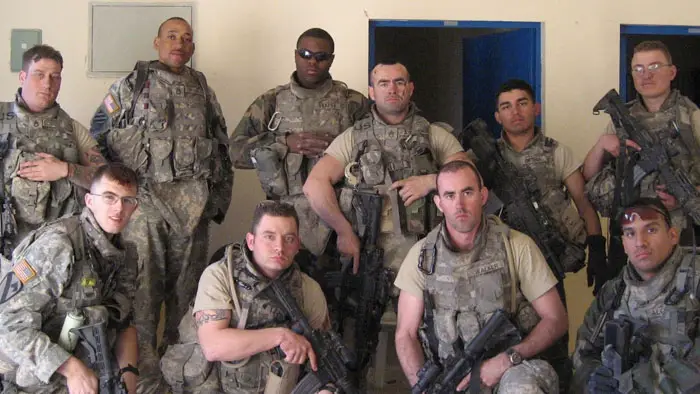
“…interviews with those who were first sent to Iraq as part of the Surge.”
The Longest Month is a blend of tense battle descriptions and how these life-and-death experiences affected these soldiers as humans. Christenson clarifies why they were there, and the responsibility each had for keeping the other safe while completing the missions. It also speaks to how a decision you make in combat can affect people’s lives, for good and bad.
At its foundation, this is two hours of our finest veterans discussing their harrowing experiences, 85% of which are talking-head interviews. What Christenson does so well is keep things moving while using music to set the tone and intercut combat and stock footage to put us right into the action with, thankfully, a mere fraction of the danger.
When watching, it helps to have above-average knowledge of our military, but not necessary. I probably understood 70% of the terminology, which was enough to feel like I could follow the action. As a result, I never felt lost, which can be deadly for any military documentary.
The Iraq War was the first war where close friends actively served, and also the war that I followed closely on the news. Unfortunately, the news I saw was heavily filtered by the military (to not give away secrets and locations) but also given a more positive spin (some might say propaganda), shielding us from the actual danger and potential failures soldiers faced. The Longest Month is so valuable in filling in those gaps and providing a clearer picture of what happened, making the documentary must viewing.
In the end, I’m just glad we can finally talk about the Iraq War. Sitting back and watching the war on my couch always felt like a real-life game of Risk. The Longest Month brings us face-to-face with the heroes of that war and is a fitting tribute to those who gave their life for service.
For screening information, visit the official site for The Longest Month.
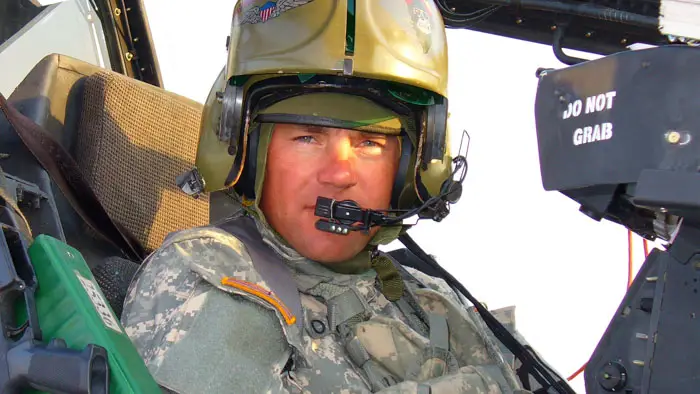
"…I'm just glad we can finally talk about the Iraq War."
